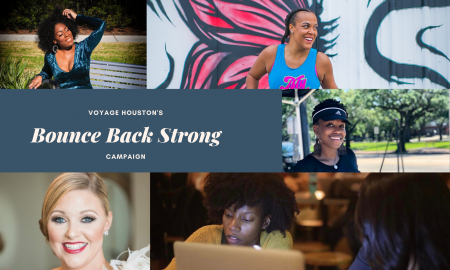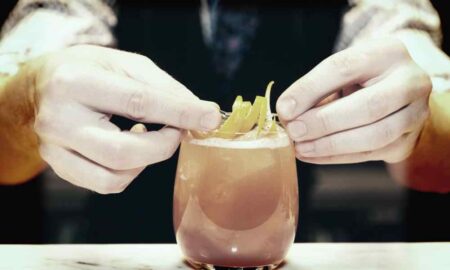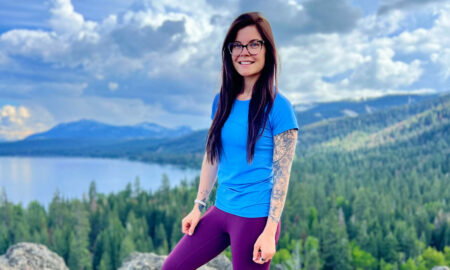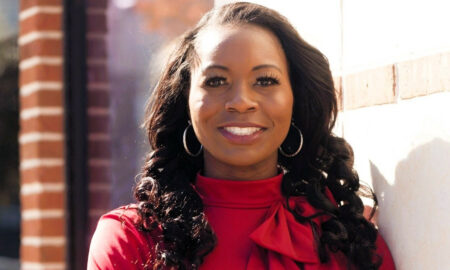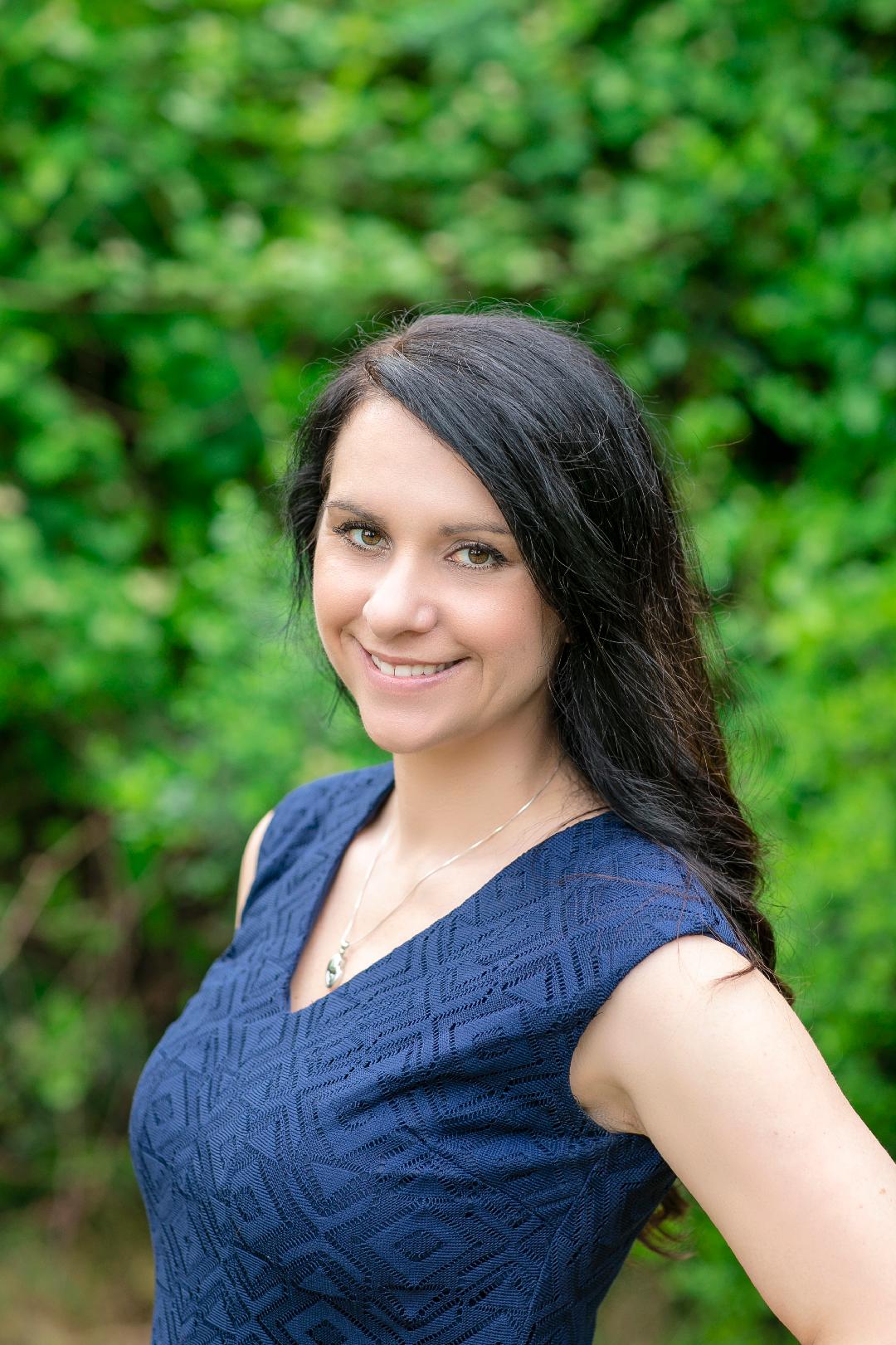 Today we’d like to introduce you to Jenny Bennett.
Today we’d like to introduce you to Jenny Bennett.
Thanks for sharing your story with us Jenny. So, let’s start at the beginning and we can move on from there.
Six years ago, our family moved to the Houston area from Colorado. We were so excited to be living in a climate where we could have a pool in our backyard. We found a perfect home for our family of four, with a beautiful yard for our dogs and a backyard pool.
That next winter, we welcomed a son into our family. Jackson was an amazing little boy; there was something so special about him. He had a certain glow, an attraction and I truly felt he was destined for greatness.
After he turned a year old, we decided to get him into parent-child swimming lessons. Our family loved to swim and we wanted him to enjoy the pool with us that coming summer. We had so much fun and Jackson was definitely a “water baby”. This class did not teach him much as far as swimming skills, but they made him comfortable in the water and encouraged fun.
Jackson loved swimming in the pool with us that summer. Since he couldn’t technically swim, we had him wear a puddle jumper floatation device, thinking this device will help keep him safe. With his puddle jumper on, he would fearlessly jump into the pool and swim around independently. I’m sure in his magical 18-month-old mind, he thought he was swimming all by himself.
July 9, 2016. This will be a day I will never forget. My husband’s truck had broken down and I needed to go pick him up from work. I gathered the kids, with Jackson on my hip, and headed to our front door. It was then that I realized I could not remember when I last let the dogs outside. Instead of waiting for the dogs to relieve themselves, I made the decision to open our dog door. Knowing the dog door was a hazard, we normally kept it closed and locked with a second door blocking its use.
When we arrived home, I assumed my husband was watching Jackson. He thought he went upstairs with his sisters. We thought Jackson was safe inside our home, but after five minutes of being unknowingly unsupervised, he had found his way to the pool.
After realizing Jackson was not inside, I remembered I forgot to relock the dog door. I ran out the backdoor and found him floating face down in the shallow end of the pool. I pulled him out, he was not responding, but he was warm, and his lips were pink. In the midst of the devastation, I thought to myself “maybe I’m not too late.” As an emergency room nurse, I started CPR.
Jackson lived for four more days on life support before being declared brain dead. Three days after that, he donated his organs to people in need.
The loss of a child is an unbearable pain; a pain I never knew existed. A pain I wish on no one. There is also a stigma that surrounds the victims of drowning. I often told people I lost my son in an accident. I would not share that he drowned, for fear of being judged as a bad or neglectful parent.
But then I began to notice how frequently children drowned. I heard so many stories of toddlers who wandered off and found a body of water, just for their parents to find them only minutes later. I did not know drowning is the leading cause of unintentional accidental death in children aged 1-4. I did not know 69% of these drowning happen during a non-swim time, just like Jackson. I did not know about “layers of protection” to keep my son safe. I did not know about survival swimming lesson or the dangers of overusing floatation devices. Why didn’t I know any of this?
This is the point where I decided to start speaking out. I do not want our story to repeat itself. I did not want another parent to say, “I didn’t know.” I began by sharing our story of Jackson on social media.
I then started an injury prevention campaign at my hospital. I made an educational drowning prevention brochure for community events, our hospital to display and for local doctor’s offices to use. The brochures were effective; several people reached out to me after receiving the education with stories of how they had a near-miss with their child. This led to a hospital system-wide drowning prevention campaign. HCA Houston Healthcare now has drowning prevention education available at their locations.
I wanted to bring this education to other hospital systems in our area. I started a drowning prevention workgroup at the Southeast Texas Regional Advisory Council’s (SETRAC) Injury Prevention Committee. Trauma and emergency medicine service leaders from across the region meet bi-monthly to discuss methods to prevent and mitigate injuries. The work group’s goal is to improve our educational efforts and submersion registry data.
Beyond my work within the hospital, I wanted to do more. I wanted to reach as many parents as possible. I wondered, why haven’t I heard of any drowning prevention organizations before I lost my son? Even after losing my son, I didn’t know of any organizations. How can we change this? How can we reach parents and educate them BEFORE they lose a child to drowning?
This is when I had the idea of Parents Preventing Childhood Drowning (PPCD). In the fall of 2018, I met other passionate people from across the nation with the same idea: To bring non-profit organizations and passionate individuals together under one name in the mission to prevent childhood drowning. Working together to make our voices louder and clearer. We met and formed PPCD.
PPCD is now an international multi-organization educational project to bring awareness and educate parents on how to keep their children safe from drowning. We have nearly 50 ambassadors across the United States and a project currently underway in Australia. Many non-profit organizations are actively involved in PPCD, including Houston’s own Bria’s House.
In October this year, we attended our second American Academy of Pediatrics National Conference and Exhibition. Here, we spoke with over 400 pediatricians about the importance of drowning prevention education to all patients and parents. Pediatricians are the ones we trust most to give us advice on how to keep our children safe. They are a constant in our child’s life. If we encourage them to educate parents early and often on drowning prevention, lives will be saved.
Along with education from PPCD, I wanted to be able to help children obtain survival swimming lessons. I did not know about these types of lessons until nearly a year after losing Jackson. After recommendations from other parents who lost children to drowning, I enrolled my youngest son in these lessons. While watching my 11-month-old son in these lessons, I realized “if Jackson had this type of swimming lesson, he would still be with us today”. These lessons are for children aged 6 months to 6 years. They teach them what to do in an aquatic emergency with a focus on teaching the child to roll to afloat in order to breathe.
These lessons are expensive, many families are unable to afford them, but they are so important. So, I started a chapter of the 501(c)3 Swim Safe Forever in the Northwest Houston area to be able to provide scholarships based on financial needs. Since starting in April of this year, we have provided 14 scholarships.
There is still so much work to do, and I will continue until there are improvements in drowning prevention education and the quality of ALL swimming lessons. Drowning is 100% preventable. It does not discriminate and happens to the best parents. We still have more work to do.
Has it been a smooth road?
The road has not been smooth. There have been many obstacles, delays and even unnecessary drama. I am not typically a patient person, especially when it comes to something I am passionate about. I am still learning myself, but here is some advice:
Keep moving forward. You will have roadblocks, people trying to stop you from being successful, and corporate hoops to jump through. Remember to keep moving forward, one step at a time. Every step forward is progress.
Look back on your accomplishments for inspiration. Sometimes when you have big goals, it is hard to see what you have already accomplished. It can be discouraging. Start writing down your accomplishments as they happen. When you feel upset about not making the progress as fast as you would like, look back to where you started and how far you have come. Rome wasn’t built in a day.
Do not let others bring you down. Even in an industry where everyone is trying to save lives, people become jealous and greedy. They want to take all the credit for themselves and seem to have lost sight of the true mission; to save children’s lives. Let these people go. If people do not inspire you and build you up, you do not need them in your life. Do not lose sight of your mission.
Finally, surround yourself with positivity. Make positive connections with others, you need an army of people to make change happen. One thing will lead to another if your heart is in the right place. Even when things are challenging, try to find the bright side.
What do you do, what do you specialize in, what are you known for, etc. What are you most proud of? What sets you apart from others?
I have been a registered nurse for 13 years, with the last nine being in an emergency department. It is my passion to take care of people and work in this fast-paced environment. I also love teaching other nurses as an instructor for the ENA’s Trauma Nurse Core Curriculum and Emergency Nurse Pediatric Course.
Since losing my son to drowning, Parents Preventing Childhood Drowning has been the most therapeutic and rewarding thing I have done. I will never know how many lives we have saved or impacted through our education and stories, but knowing I am doing something in honor of my son is so important to me.
PPCD is different from other organizations in drowning prevention because we are inclusive to everyone who wants to help us spread this message. We include parents who have lost children to drowning, parents who haven’t lost children but see the need to educate others, swim instructors who are passionate about drowning prevention, and pool fence representatives who want to do more. We use PPCD as a platform to disperse this education, to educate the masses. We believe in the vitality of layers of protection, but also high-quality swimming lessons as a form of drowning prevention. We hope to change laws regarding education requirements, pool fencing, and the standardization of swimming lesson protocols (especially for toddlers) on a national level. More work is needed, research is needed, and we will keep moving forward.
Contact Info:
- Website: www.parentspreventingchildhooddrowning.com
- Email: PPCDunited@gmail.com
- Instagram: https://www.instagram.com/ppcdunited/
- Facebook: https://www.facebook.com/ParentsPreventingChildhoodDrowning/
- Twitter: https://twitter.com/PPCD12
- Other: www.swimsafeforever.org





 Image Credit:
Image Credit:
Jenny Bennett
Suggest a story: VoyageHouston is built on recommendations from the community; it’s how we uncover hidden gems, so if you or someone you know deserves recognition please let us know here.


